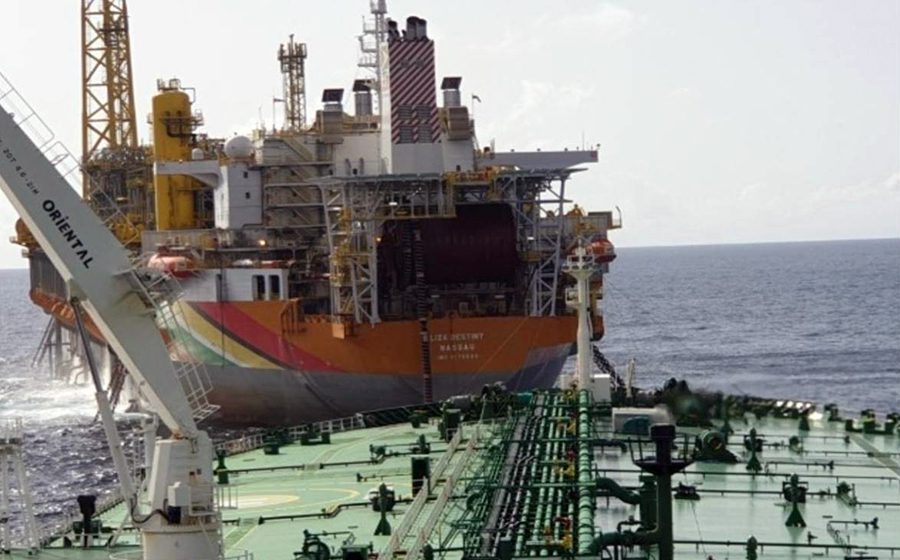Guyana’s landmark gas-to-energy project which will see a 225 km pipeline landing onshore from massive oil and gas production installations at the ExxonMobil-operated Stabroek Block will come online as other countries around the world also look to ramp up production. And gas output is second to the massive oil production expected in coming years that will catapult Guyana to among the top three producers in the Latin America/Caribbean region.
Just this week, Rystad Energy said untapped natural gas supplies in Sub-Saharan Africa are set to be unleashed this decade, with output more than doubling from 1.3 million barrels of oil equivalent per day (boepd) in 2021 to 2.7 million boepd in 2030. This is due to vast undeveloped deepwater resources, Rystad Energy research shows.
Notwithstanding the global movement towards renewables and a commitment of net-zero by 2050, Guyana and other developing countries around the world remain adamant that they have a right to produce and intend to do just that.
The country’s first barrel of oil was produced in December 2019 at Liza Phase 1 and the second Phase of the Liza Development started up this month. A third project at Payara is already approved and Exxon will soon sanction a fifth at Yellowtail. The U.S. oil major has said it envisions around ten floating production and storage offloading vessels being in operation to produce approximately 10 billion barrels of oil equivalent (boe) resources found at the Stabroek Block so far.
Vice President, Dr. Bharrat Jagdeo has made it clear that the government wants this success to continue and is working to ensure the South American country is best positioned to help meet global oil and gas demand in the coming years, even as it supports net-zero by 2050.
“And so, in Guyana’s case, we support accelerated exploration. We are making it clear, we support accelerated exploration,” Mr. Jagdeo said. “And our incentive regimes will reflect that support for accelerated exploration.”
This comes even as the government plans to revise its model Production Sharing Agreement to ensure Guyana gets a bigger share of revenue from the oil and gas resources. But the administration is also cognizant of the highly competitive environment that exists where countries throughout the region are looking to ensure their fiscal regimes remain attractive.
“Some Latin American countries have already revised fiscal terms to support the upstream industry in 2022. Some provinces in Argentina reduced royalties and introduced tax rebates to attract investments to mature fields and recovery projects,” Wood Mackenzie said in a recent analysis.
Guyana’s high-quality crude and low cost of production gives it a significant advantage.
Analysts also agree that the 10 billion-plus boe at Stabroek is just the tip of the iceberg and expect these resources to more than double in the coming years.



